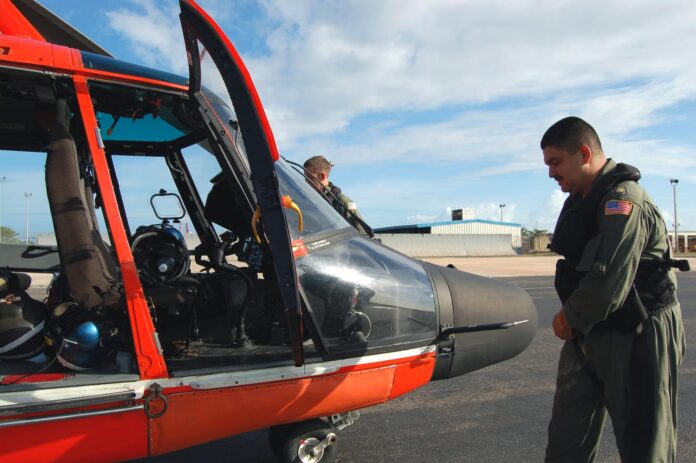Helicopter pilots occupy a unique space in the aviation world, their careers branching into a multitude of thrilling pathways that go beyond conventional flying. From offering scenic tours to undertaking challenging search and rescue missions, the career trajectory for helicopter pilots is as diverse as the skies they navigate. Let’s explore the multifaceted journey that helicopter pilots embark upon, delving into the various career opportunities available in this dynamic field.
Tour operations serve as a popular entry point for many aspiring helicopter pilots. These roles often involve providing aerial tours, showcasing breathtaking landscapes, and offering passengers a once-in-a-lifetime experience. Whether it’s soaring over majestic mountains, hovering near iconic landmarks, or exploring scenic coastlines, tour pilots have the opportunity to share the thrill of flight with enthusiastic passengers.
Another avenue for helicopter pilots lies in aerial photography and cinematography. The unique maneuverability of helicopters makes them invaluable assets in capturing stunning aerial footage for movies, documentaries, news coverage, and various other visual media. Pilots adept at precise flying and understanding the needs of camera crews find themselves in high demand in the entertainment and media industry.
The world of aerial surveying and mapping presents yet another compelling career path for helicopter pilots. These professionals play a vital role in conducting surveys for environmental assessment, infrastructure planning, and geological exploration. Their ability to navigate diverse terrains and capture detailed aerial data contributes significantly to various industries, including construction, agriculture, and urban planning.
Emergency medical services (EMS) represent a challenging yet profoundly rewarding field for helicopter pilots. Flying air ambulances, they transport critically ill or injured patients swiftly to medical facilities, often in remote or inaccessible areas. These pilots work closely with medical teams, demonstrating exceptional flying skills and efficiency in high-pressure, life-saving situations.
Search and rescue (SAR) operations stand at the forefront of helicopter pilot careers, involving missions that demand exceptional skill, precision, and courage. From locating missing hikers in rugged terrain to conducting maritime rescues, SAR pilots navigate challenging environments with a sense of urgency, often making the difference between life and death.
Military service offers helicopter pilots an entirely different career dimension. In armed forces across the globe, helicopter pilots undertake varied missions, including troop transport, reconnaissance, combat support, and humanitarian aid. Their roles in the military require rigorous training, strategic thinking, and a commitment to serving their country in diverse operational settings.
Wildfire suppression represents a critical yet perilous career path for helicopter pilots. These professionals assist in containing and extinguishing wildfires by transporting firefighting crews, dropping water or fire retardants, and providing aerial support to ground teams. The ability to operate in hazardous conditions and execute precise maneuvers is vital in this line of work.
Transitioning from one specialization to another often necessitates additional training and certifications. Helicopter pilots seeking to switch career paths may need to acquire new skills, undergo specialized training, or gain experience in the specific field they wish to enter. Adaptability and a willingness to continuously learn are essential in pursuing diverse career pathways within the helicopter pilot profession.
The journey toward a career in helicopter piloting begins with obtaining the necessary licenses and certifications. Prospective pilots typically start with private pilot training, followed by earning a commercial helicopter pilot license. Additional certifications, such as instrument ratings or type ratings for specific helicopter models, enhance their skill set and broaden their career prospects.
Networking and gaining practical experience through internships or entry-level positions are instrumental in building a successful career as a helicopter pilot. Engaging with industry professionals, joining relevant associations, and seeking mentorship can open doors to various career opportunities and provide invaluable insights into the diverse facets of the profession.
In essence, the career pathways available to helicopter pilots are as diverse as the skies they traverse. Whether soaring above scenic landscapes, conducting lifesaving missions, or supporting critical operations, these professionals exemplify versatility, skill, and dedication. Their ability to adapt to various roles within the aviation industry underscores the dynamic nature of helicopter pilot careers and their indispensable contributions to aerial operations across multiple sectors.
























